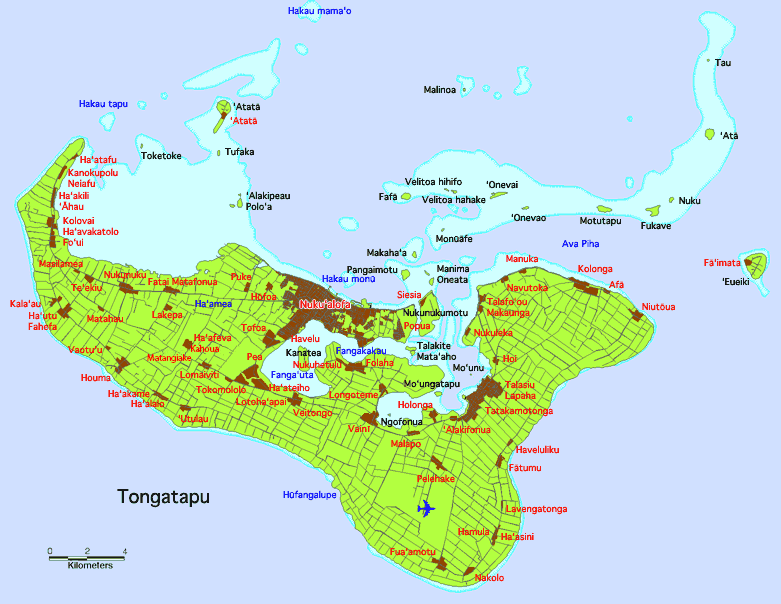|
Ahau , China
{{disambiguation ...
Ahau or AHAU may refer to: *Ajaw, a political rulership title from the Maya civilization * Ahau, Fiji, the government station of Rotuma, a Fijian Dependency * Ahau, Tonga, a town in the region of Tongatapu, some 10 mi (or 16 km) west of Nuku'alofa, the country's capital city * Kinich Ahau, the 16th-century Yucatec name of the Maya sun god * Anhui Agricultural University, a university on Anhui Anhui , (; formerly romanized as Anhwei) is a landlocked province of the People's Republic of China, part of the East China region. Its provincial capital and largest city is Hefei. The province is located across the basins of the Yangtze River ... [...More Info...] [...Related Items...] OR: [Wikipedia] [Google] [Baidu] |
Anhui Agricultural University
Anhui Agricultural University (AAU) () is in Hefei, the capital city of Anhui, China. AAU is a key university, with a long history specializing in agriculture and forestry. It is jointly funded by Anhui Provincial Government and the Ministry of Agriculture and Rural Affairs of the PRC. History The origin of the university dates back to 1928, when Anhui University was founded in Anqing. In 1935, AAU started its history as a college of agriculture under Anhui University. In December 1949, Anhui University moved from Anqing to Wuhu. In July 1950, July 1952, September 1952, and the summer of 1953, Anhui University conducted three adjustments. After the adjustments, including Anhui University majored in agriculture and forestry professional and specialty of normal school two. In February 1954, the Agricultural College of Anhui University moved independently to Anhui Agricultural College. It became an independent institution. In April, Anhui Agricultural College moved to Hefei. ... [...More Info...] [...Related Items...] OR: [Wikipedia] [Google] [Baidu] |
Ajaw
Ajaw or Ahau ('Lord') is a pre-Columbian Maya political title attested from epigraphic inscriptions. It is also the name of the 20th day of the '' tzolkʼin'', the Maya divinatory calendar, on which a ruler's ''kʼatun''-ending rituals would fall. Background The word is known from several Mayan languages both those in pre-Columbian use (such as in Classic Maya), as well as in their contemporary descendant languages (in which there may be observed some slight variations). "Ajaw" is the modernised orthography in the standard revision of Mayan orthography, put forward in 1994 by the Guatemalan ''Academia de Lenguas Mayas'', and now widely adopted by Mayanist scholars. Before this standardisation, it was more commonly written as "Ahau", following the orthography of 16th-century Yucatec Maya in Spanish transcriptions (now ''Yukatek'' in the modernised style). In the Maya hieroglyphics writing system, the representation of the word ''ajaw'' could be as either a logogram, or spe ... [...More Info...] [...Related Items...] OR: [Wikipedia] [Google] [Baidu] |
Rotuma
Rotuma is a Fijian dependency, consisting of Rotuma Island and nearby islets. The island group is home to a large and unique Polynesian indigenous ethnic group which constitutes a recognisable minority within the population of Fiji, known as " Rotumans". Its population at the 2017 census was 1,594, although many more Rotumans live on mainland Fijian islands, totaling 10,000. Geography and geology The Rotuma group of volcanic islands are located ( Suva to Ahau) north of Fiji. Rotuma Island itself is long and wide, with a land area of approximately , making it the 12th-largest of the Fiji islands. The island is bisected by an isthmus into a larger eastern part and a western peninsula. The isthmus is low and narrow, only wide, and is the site of Motusa village ( Itutiu district). North of the isthmus is Maka Bay, and in the south is Hapmafau Bay. There is a large population of coral reefs in these bays, and there are boat passages through them. Rotuma is a shield v ... [...More Info...] [...Related Items...] OR: [Wikipedia] [Google] [Baidu] |
Tongatapu
Tongatapu is the main island of Tonga and the site of its capital, Nukualofa. It is located in Tonga's southern island group, to which it gives its name, and is the country's most populous island, with 74,611 residents (2016), 70.5% of the national population, on . Based on Google Earth Pro, its maximum elevation is at least above sea level along Liku Road at 21 degrees 15 minutes and 55.7 seconds south 175 degrees 08 minutes 06.4 seconds west, but could be even higher somewhere else. Tongatapu is Tonga's centre of government and the seat of its monarchy. Tongatapu has experienced more rapid economic development than the other islands of Tonga, and has thus attracted many internal migrants from them. Geography The island is (or including neighbouring islands) and rather flat, as it is built of coral limestone. The island is covered with thick fertile soil consisting of volcanic ash from neighbouring volcanoes. At the steep coast of the south, heights reach an average of , an ... [...More Info...] [...Related Items...] OR: [Wikipedia] [Google] [Baidu] |
Kinich Ahau
Kinich Ahau (Kʼinich Ajaw) is the 16th-century Yucatec name of the Maya sun god, designated as God G when referring to the codices. In the Classic period, God G is depicted as a middle-aged man with an aquiline nose, large square eyes, cross-eyed, and a filed incisor in the upper row of teeth. Usually, there is a ''k'in'' ('sun')-infix, sometimes in the very eyes. Among the southern Lacandons, Kinich Ahau continued to play a role in narrative well into the second half of the twentieth century. Names Kinich Ahau is the Yucatec and Lacandon name of the sun god. The element ''kʼinich'', usually assumed to mean 'sun-eyed', appears to have been in general use as a royal title during the Classic Period. Kinich Ahau should not be confused with Ah Kʼin or Ah Kʼin Chob. ''Ah Kʼin'' is Yucatec for 'someone who deals with the day(s)', the word for 'day' and 'sun' being the same. The term refers to Yucatec calendar priests and to priests in general. As to ''Ah Kʼin'' Chob, J.E.S. Tho ... [...More Info...] [...Related Items...] OR: [Wikipedia] [Google] [Baidu] |


